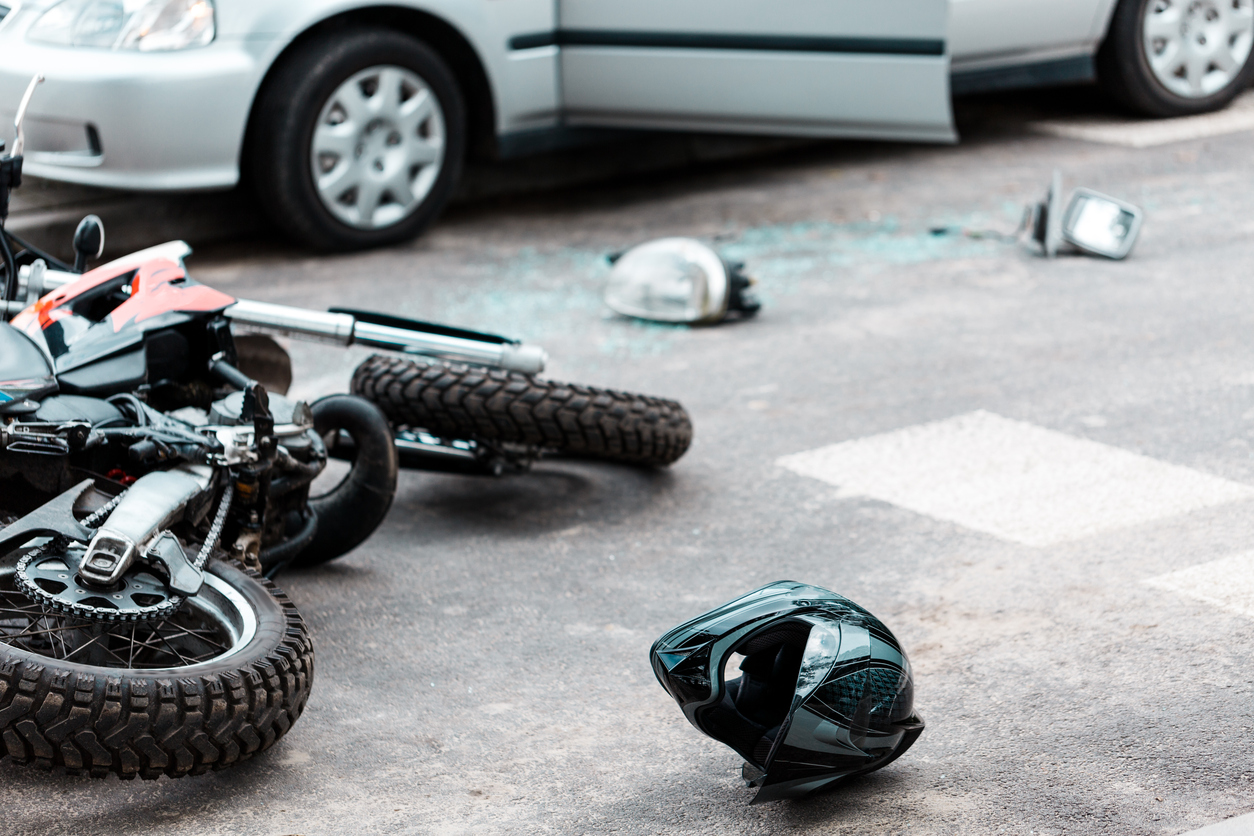A 17-year-old Los Angeles man was killed when his motorbike collided with a car in on W. 92nd Street. The 17-year-old’s younger brother, who was also riding on the bike, was severely injured in the crash. While the cause of the accident is still under investigation, the boys’ family may have difficulty recovering compensation. It is illegal to operate the type of motorbike they were riding on Los Angeles streets. As a result, their actions may prevent the family from recovering money for their tragic loss.
How Does Comparative Fault Work in Los Angeles?
In California, anyone who contributes to an accident can be responsible for damages. This includes victims who are injured or die in the crash. However, fault will not automatically prevent victims from recovering compensation. As long as someone else is also to blame, it is possible to recover some damages. This is known as comparative fault.
In comparative fault states such as California, a victim’s damages are reduced by the degree to which they caused the accident. The more fault you share, the less money you’ll be able to recover.
Example #1. Jim is riding a motorized bike on a Los Angeles road and collides with another vehicle driven by Sam. It’s against the law for Jim to ride this kind of bike on the road. Sam was obeying all rules and driving carefully. Jim is entirely at fault for the accident. He will be prevented from recovering any compensation from Sam for his injuries.
Example #2. Jim is riding his motorized bike on a Los Angeles road and collides with another vehicle driven by Sam. It’s still illegal for Jim to ride this type of bike on the road. This time, however, the accident happens because Sam speeds through an intersection and tries to beat a yellow light. He clips Jim as he is passing through. Both men would likely be attributed some blame for this accident. If each man is 50 percent to blame, Jim would be able to recover 50 percent of his damages.
Example #3. Jim is riding his motorized bike on the sidewalk next to a busy Los Angeles road. As he is crossing at a marked intersection, Sam speeds through the light and hits him. This time, Jim was not in violation of the law. An investigation finds that Sam is entirely at fault. As a result, Jim can recover 100 percent of his damages from Sam.
Proving Comparative Fault of a Victim After a Fatal Crash
According to police, the 17-year-old Los Angeles man was illegally operating a motorbike on a Los Angeles road. Since he was breaking the law, his actions will likely be deemed negligent. When a victim’s negligence contributes to his or her own fatal accident, it can prevent their families from filing a successful wrongful death lawsuit.
If the family decides to file a lawsuit they will probably seek damages from the driver of the car who was involved in the crash. This driver, who will be named as the defendant, will likely argue that the comparative fault of the victim should minimize his liability. He may even try to argue that the victim’s own actions were entirely responsible for his death.
For this argument to be successful, the defendant would have to prove:
- The victim was negligent, and
- This negligence was a substantial factor in his own death.
If the argument is successful, the defendant’s liability will be reduced. Specifically, it will be reduced by the percentage of the victim’s responsibility.
The victim’s family will likely try to find any evidence or proof showing that the defendant was also partially responsible for the accident. This can allow them to recover at least some money for the tragic loss of their son.
Have you been injured in a Los Angeles accident? Are you struggling with a painful injury? Call our Los Angeles personal injury lawyers today to schedule a free case assessment.

